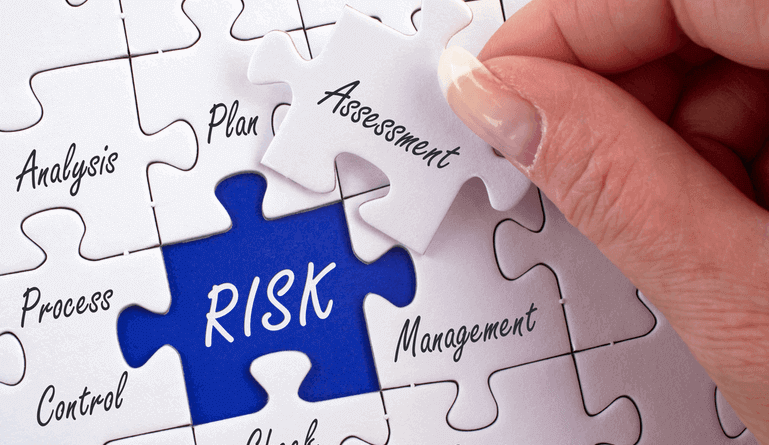Evaluating security risk is important for all companies. Most businesses carry sensitive information, ranging from employee data to customer details, this can be vital information to keep private. By evaluating this risk, this helps prevent data loss, confidentiality for all parties involved and the protection of assets for the company.
Being able to determine these vulnerabilities and assessing threats can help give the company an overall sense of security as they operate.
What is Security Risk Assessment
When looking at the assessment of security, this is done by looking at all the risks that certain applications, technologies, and processes that the company has integrated into their system. By knowing about these systems, companies are able to assess the risk that goes along with them and use that to their advantage when seeking information about the security.
By maintaining a level of security, this helps keep employee, business, customer, and partner information safe and to avoid any risk of cyber-attacks or data loss.
Security Risk Assessment Process
- The process of performing a risk management assessment is vital to a company’s security and there are steps that are needed to perform this well. Since all organizations operate differently assessing proper security risk will look different for each organization.
- Evaluating is an important step as it begins by assessing how much information and data needs to be secured. This will include any operating systems, any physical components, locations of the data, teams with access to this information, whose information it involves, and the range of the information taken.
- Taking in the actual risk assessment will be important as it will help identify any vulnerabilities in systems, possible threats from attackers, consequences from identified threats, and assessing the likelihood of possible attacks. Being able to control all these variables helps companies understand the vast range of their security assessment.
- Being able to mitigate the risk can help protect the information in the present but also plan for strategies that can be used in the future. As technology and systems upgrade, so can security risk and as one action is in place then more measurements can be used to plan for the future.
What Problems do a Security Risk Assessment Solve?
- Assessing security risks helps identify which assets carry information within the organization, including different tools and who has access to them.
- Creating risk profiles for every asset helps identify how closely each one needs to be monitored.
- Being able to understand which data is actually stored and where it is stored helps solve a location issue.
- Measuring the ranking of each asset and how important each of them is.
- Apply controls to each assessment in order to garner the best results
Security Risk Assessment Tools
Security Risk Assessment Tools can range from physical security and ways to protect data servers on-site or digital tools such as network or server protection. This can relate to firewalls, anti-virus programs, or back up processes that help protect data in the case that they are compromised.
The Difference Between Security Risk Assessment and Risk Management
Security Risk Assessments are careful explorations of a company that help identify areas that are prone to internet attacks. These assessments help create reports and reviews that help companies see how big certain assets are and how at-risk they are. This helps people work on these projects and see how to prioritize the protection of these information carriers.
Risk Management is the effort and time that goes into solving these problems and finding solutions. The managing of assets happens after problems are identified and ranked. This allows teams to improve the quality of security in the company.
Security Risk Assessment Example
There are many examples of Security Risk Assessment. These can be applied to infrastructure assets, such as backup generators, cabling, cooling systems, hard wiring, physical security, and camera systems. Other examples can be digital or in the cloud, for servers, that include backup processes, virtual antivirus or firewall systems, IT assessment processes, or identity systems.
For network risk assessments, this can include more firewalls, external network scans, the discovery of network lists, SPAM filtering, and data loss prevention processes. For information security, this can lead to data risk analysis, data encryption, specialized access, and sensitive data inventory. When looking at applications, risk assessment can work with scanning, identifying vulnerabilities, and discovery of all types of web applications.
Final Thoughts
Security Risk Assessment is incredibly important to companies as it helps hold them accountable for holding information related to the business as well as private information from customers and their partners. Teams can use this information to help discuss what needs to be protected in the company, divide assets, and team effort into solving these potential risks, and then work towards improving that security in the future.






